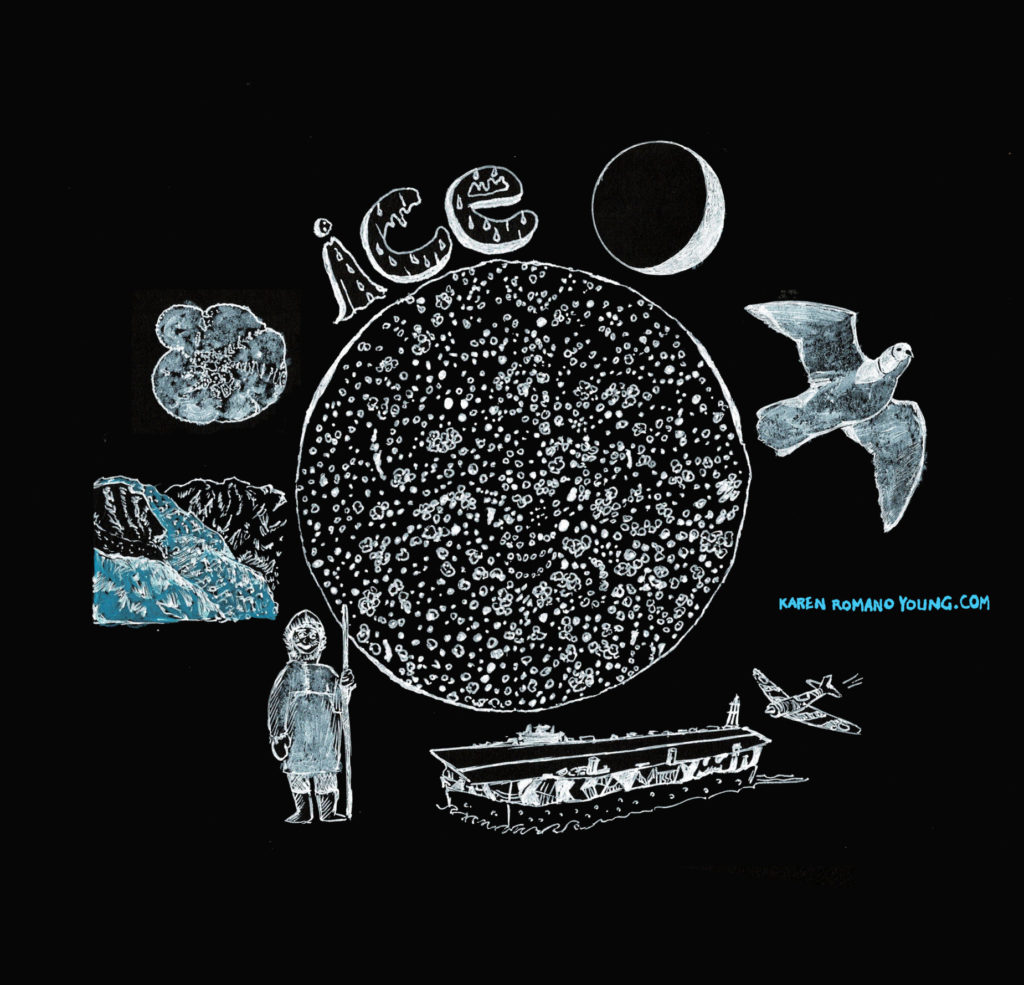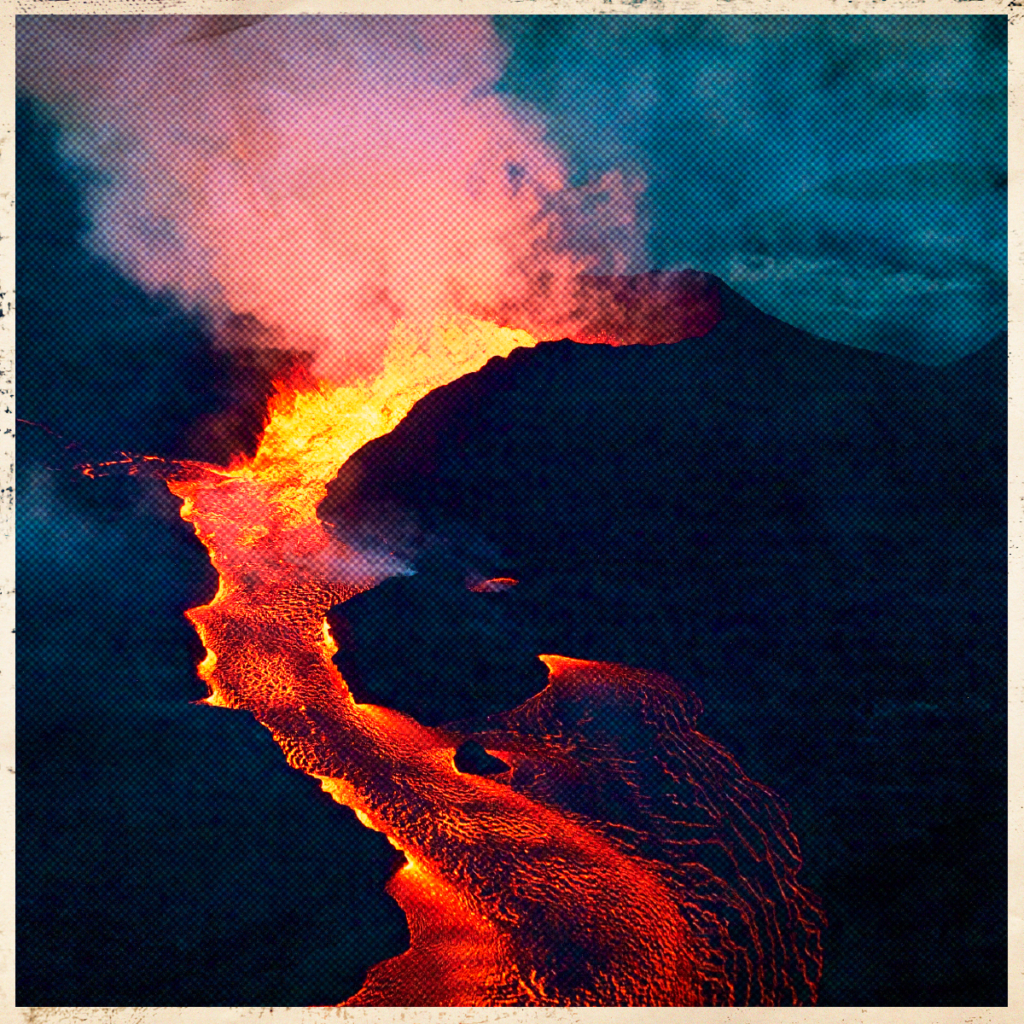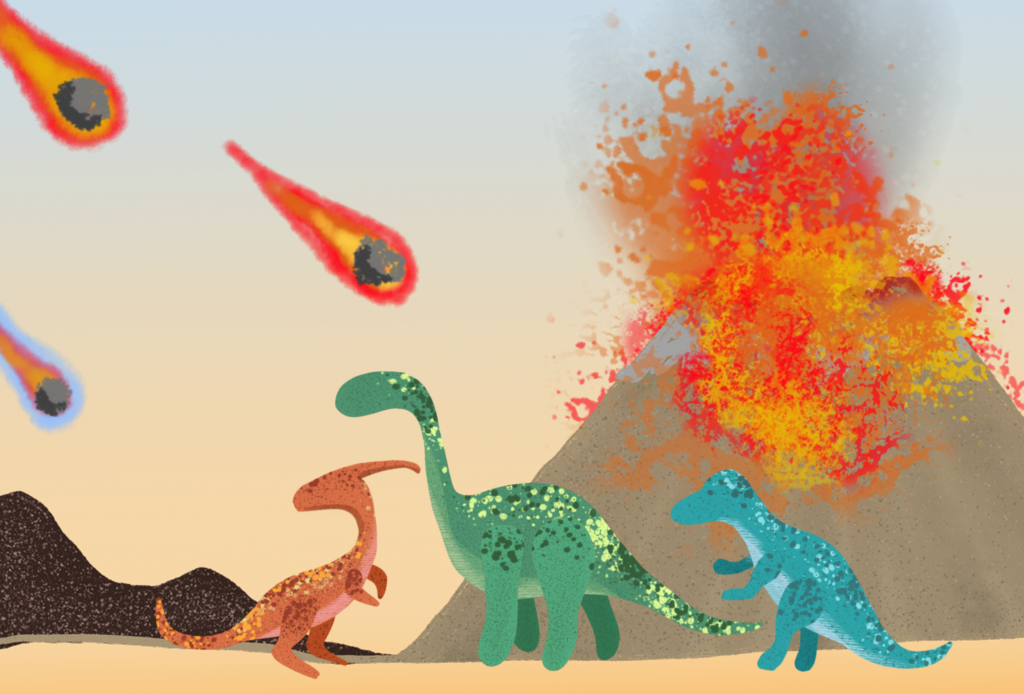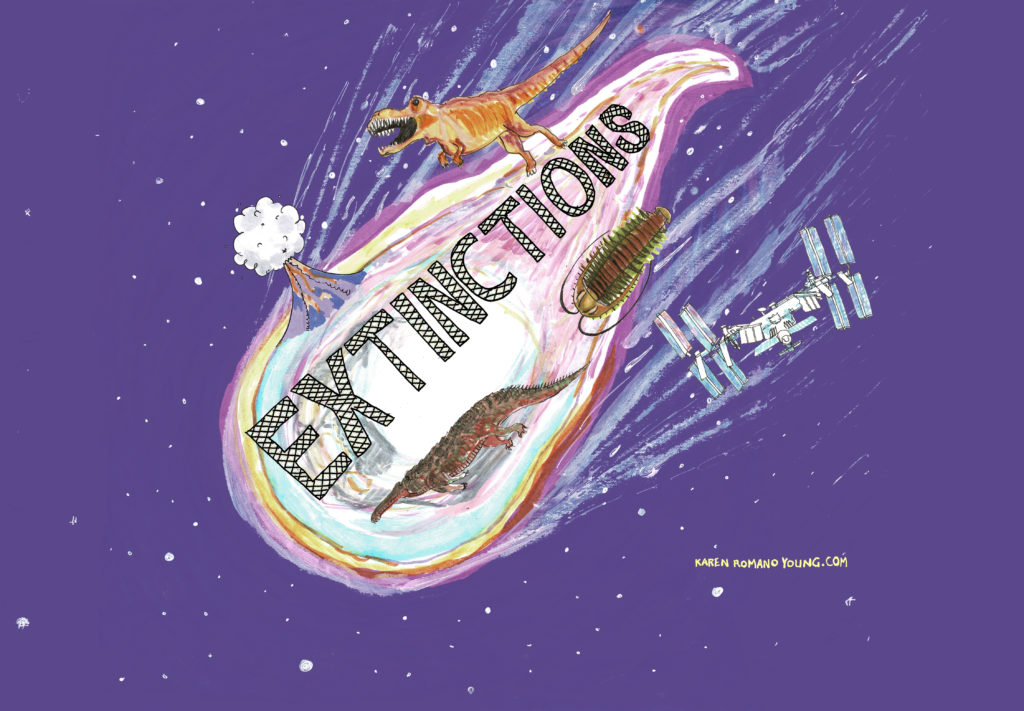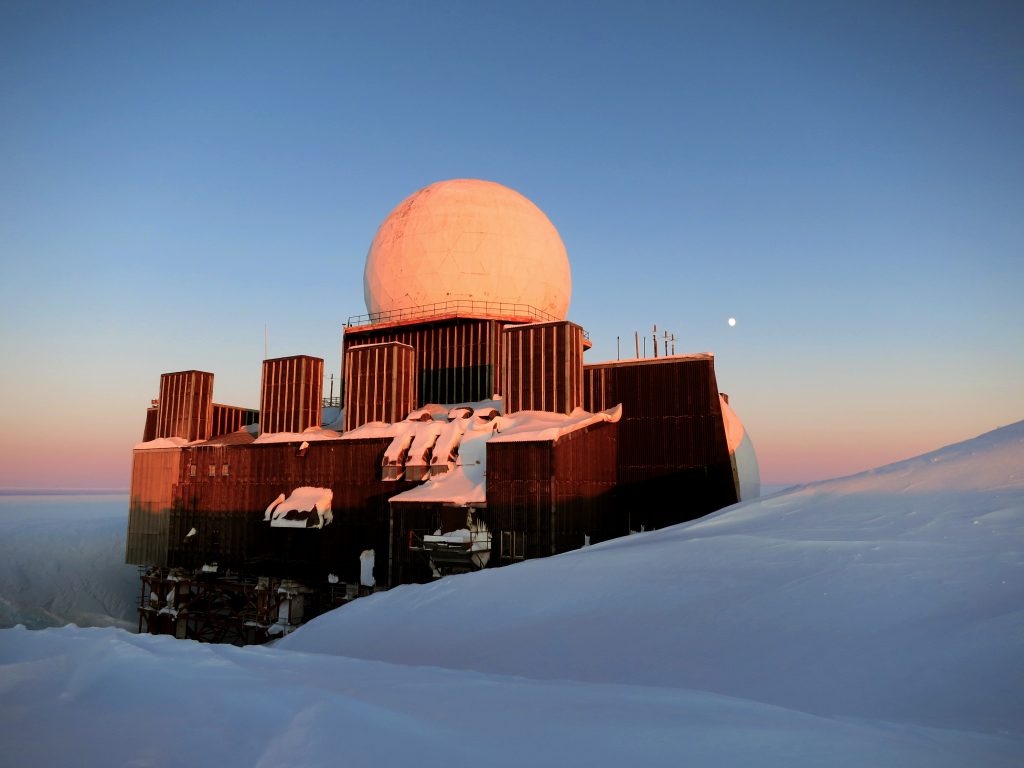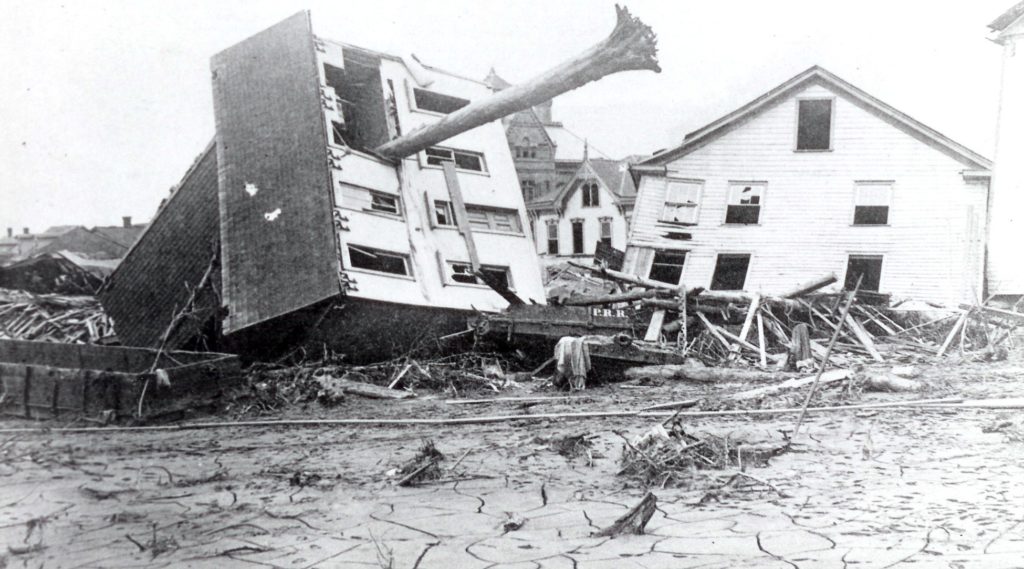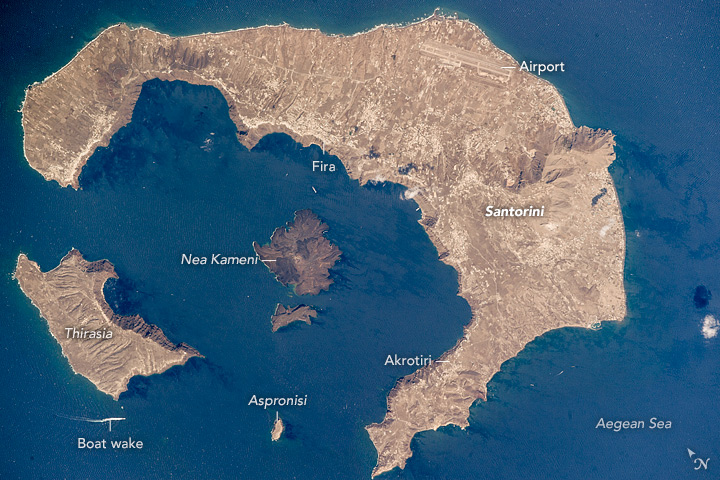Natural Hazards
18.5-The (not so) secret histories of scientists
Science is all about experimentation, discover, and sharing those results. But what happens behind the scenes? What stories do scientists have to tell that don’t make it in the manuscript or the classroom lecture?
Read More12.5-A podcast of ice and fire
Cool off from the summer heat with our next six-part miniseries all about ice – from those who call it home to its use as a tool in science.
Read More10-Extinctions: Showdown of the giant space rocks
Dani DellaGiustina is one of the youngest leaders of a NASA mission, and she was in charge of image processing for OSIRIS-REx before she even got her PhD. OSIRIS-REx is a spacecraft sent to study asteroid Bennu and scheduled to return a sample to Earth in 2023.
Read More9-Extinctions: Not your science fair volcano
For many of us, the word “extinctions” conjures up images of dinosaurs, asteroids, and (maybe?) volcanos. And while that last point did likely play a role in the demise of the dinosaurs, volcanos in their own right can go extinct. In this episode, we chatted with volcanologist Janine Krippner, Honorary Research Associate at the University of…
Read More7-Extinctions: Dinosaurs, a Big Rock, and…Climate Change?
When you hear the word “extinction,” chances are you probably think of the extinction of the dinosaurs and a big rock. But did you know that there were other factors at play that lead to that extinction including volcanos and sea-level rise?
Read More6.5-Extinctions: Dinosaurs, volcanoes, the space station, oh my!
Join us for our next six-part miniseries on Extinctions as we learn about the demise of the dinosaurs, what makes a comet “extinct,” the Cambrian and Triassic periods, volcanoes, and the aforementioned (planned) fiery end of the International Space Station!
Read MoreStaff Picks: Toxic City Under the Ice
In 1959, the United States built an unusual military base under the surface of the Greenland ice Sheet. Camp Century was a hub for scientific research, but it also doubled as a top-secret site for testing the feasibility of deploying nuclear missiles from the Arctic. When Camp Century was decommissioned in 1967, its infrastructure and waste were abandoned under the assumption they would be forever entombed beneath the colossal sheet of ice.
Read MoreStaff Picks: The Johnstown Flood
The Johnstown Flood occurred on May 31, 1889, after the failure of the South Fork Dam, which is located on the south fork of the Little Conemaugh River, 14 miles upstream of the town of Johnstown, Pennsylvania. The dam, constructed to provide a recreational resource in part to support The South Fork Fishing and Hunting Club, broke after several days of extremely…
Read MoreStaff Picks: Parking Lot Lava
In a parking lot behind the Comstock Art Facility at Syracuse University, geologist Jeff Karson and sculptor Bob Wysocki cook up something almost unimaginable – homemade lava. Using a gas furnace the size of a small truck, the two professors melt gravel typically used for roadbeds into hot molten rock that they pour onto sand to recreate natural lava flows seen in places like Hawaii, Iceland and Italy.
Read MoreEscape from Thera
About 3,600 years ago, a colossal volcanic eruption blew apart the Greek island Thera, now the popular tourist destination known as Santorini. Falling volcanic rock and dust buried the Bronze Age settlement Akrotiri, on the south side of the island, preserving multi-story buildings, frescoes, tools, furniture and food, until archaeological excavations uncovered them in the last century, much like the eruption of Vesuvius in 79 CE famously buried Pompeii and Herculaneum. But unlike the Roman cities, Akrotiri has a notable lack of bodies.
Read More

